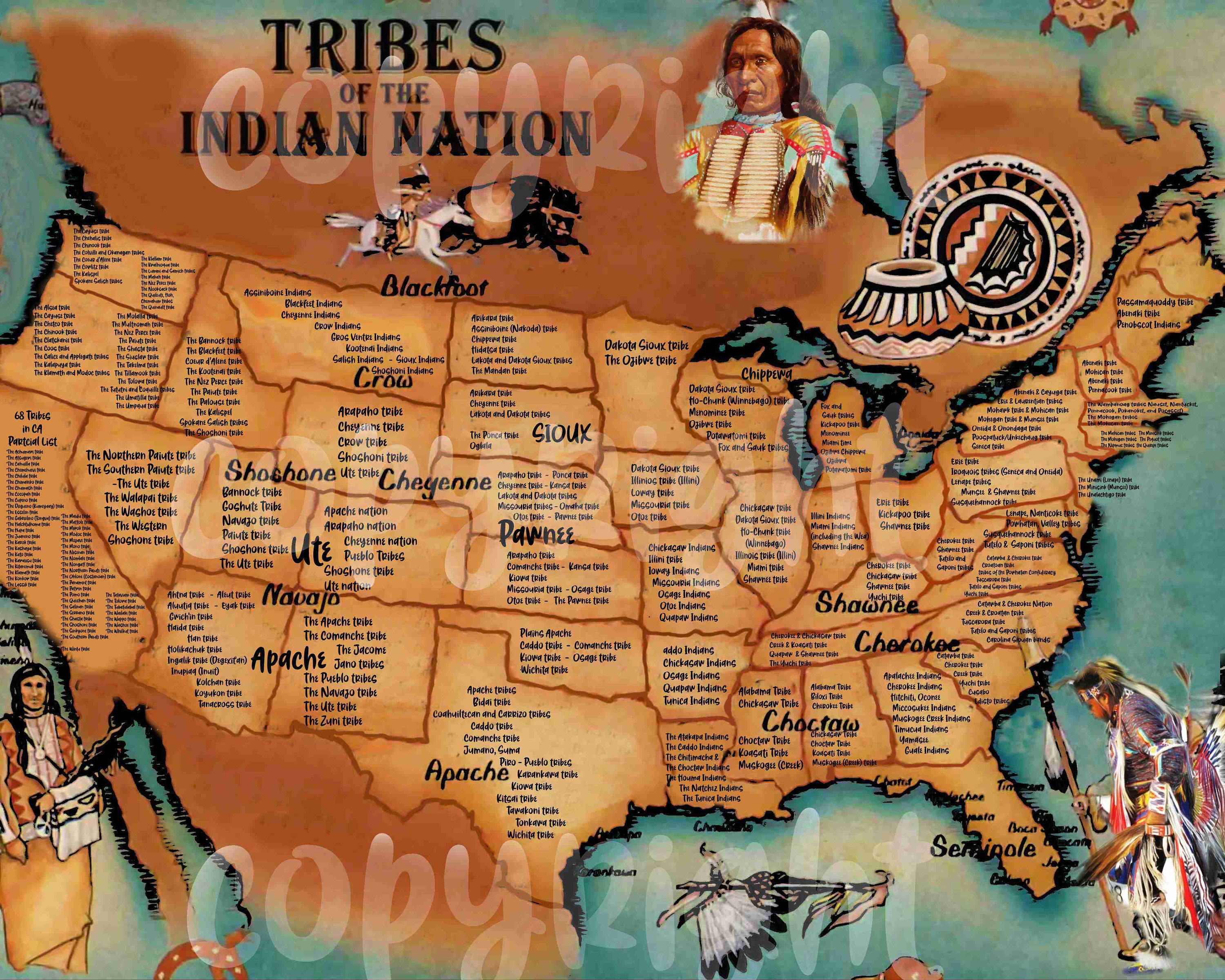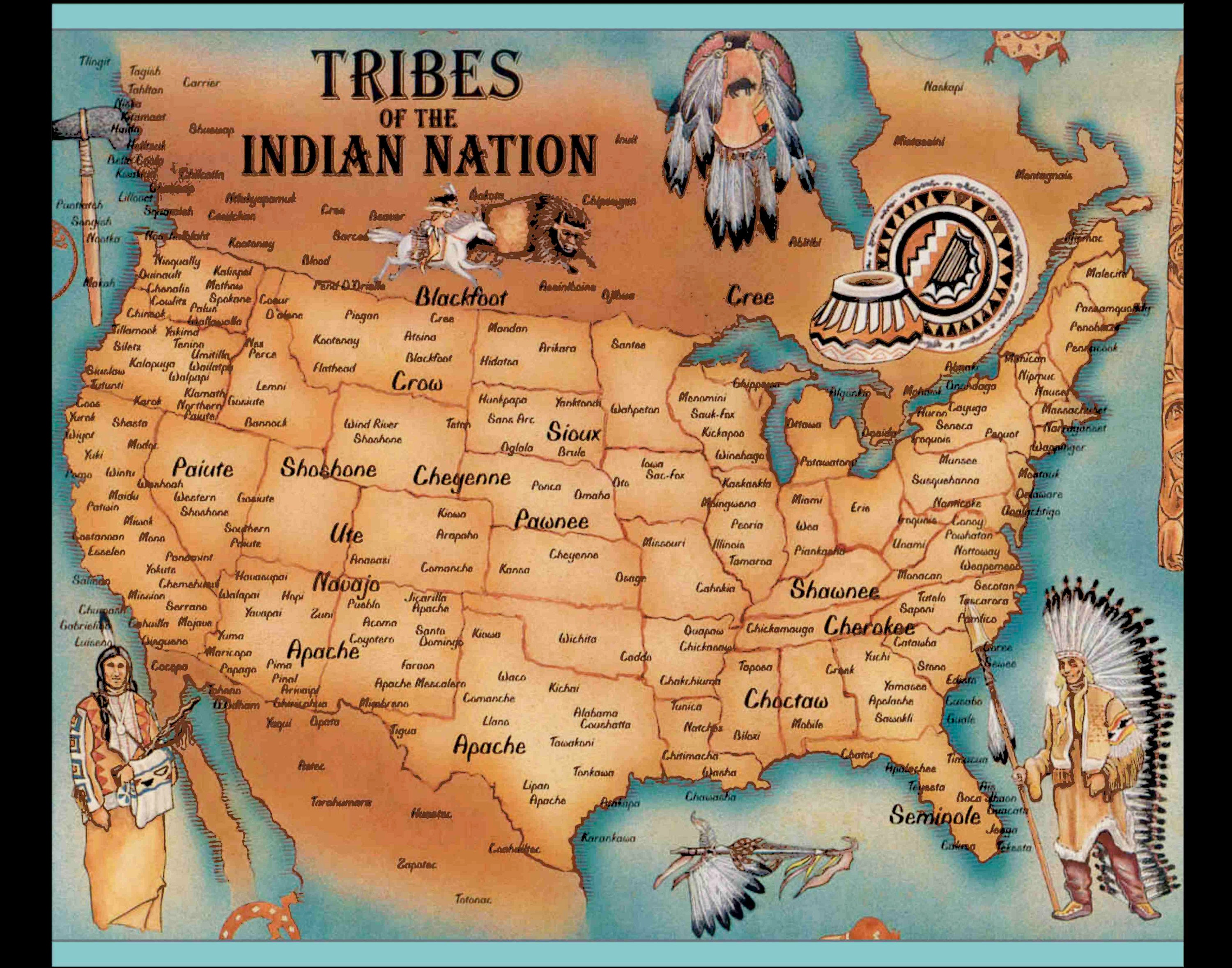
Mapping Indigenous Voices: A Journey Through Native American Museums
A "Map of Native American Museums" is far more than a simple guide to cultural institutions; it is an invitation to embark on a profound journey into the heart of indigenous identity, history, and resilience. For both the avid traveler seeking authentic experiences and the dedicated student of history, these museums offer unparalleled access to narratives often marginalized, presenting them with the authority and nuance they deserve. They are vital bridges connecting past to present, sacred spaces where ancestral knowledge is honored, and vibrant centers where contemporary indigenous life thrives. This article explores the significance of these institutions, guiding you through what to expect, and inspiring you to chart your own course through the diverse tapestry of Native American cultures.
Beyond Stereotypes: Reclaiming Narratives and Preserving Cultures
For centuries, Native American history has been largely told through the lens of colonizers, resulting in pervasive stereotypes, romanticized myths, and the erasure of complex realities. Native American museums fundamentally challenge this paradigm. They are institutions built by and for indigenous peoples, dedicated to presenting their own stories, in their own voices. This shift in perspective is critical for several reasons:

Firstly, these museums are guardians of cultural preservation. They safeguard invaluable collections of artifacts, traditional arts, ceremonial objects, and historical documents that represent millennia of sophisticated civilizations. Beyond static displays, many actively engage in language revitalization programs, host traditional ceremonies, teach ancestral crafts, and support contemporary indigenous artists. This active preservation ensures that traditions are not merely remembered but remain living, breathing elements of community life.
Secondly, they offer an authentic historical narrative. Visitors encounter pre-colonial histories of advanced societies, intricate social structures, profound spiritual beliefs, and sustainable land management practices that predate European contact by thousands of years. They then confront the devastating impacts of colonialism, forced removals, treaties broken, and the enduring legacy of policies designed to assimilate or eradicate indigenous peoples. However, crucially, these narratives are not solely about suffering; they are powerful testaments to incredible resilience, adaptation, and the unwavering determination to maintain sovereignty and cultural integrity against overwhelming odds. The Trail of Tears, the Long Walk, the Wounded Knee Massacre – these tragic events are presented with the gravity and context they demand, alongside stories of resistance, survival, and resurgence.
Thirdly, Native American museums are powerful affirmations of identity and sovereignty. Each museum, particularly those tribally owned and operated, serves as a cultural anchor for its community. They are places where tribal members can connect with their heritage, where elders share wisdom with youth, and where the unique identity of a nation is celebrated. For non-indigenous visitors, these institutions offer a crucial understanding of tribal sovereignty – the inherent right of Native American nations to govern themselves – and the ongoing political, legal, and social struggles to uphold these rights.
What to Expect: An Immersive and Experiential Journey

Visiting a Native American museum is rarely a passive experience. While you will find exquisitely curated collections, the emphasis often leans towards immersive, multi-sensory engagement designed to foster deeper understanding and connection.
- Diverse Collections: Expect to see a vast array of objects, from ancient tools and pottery to intricate beadwork, elaborate regalia, stunning contemporary art, and historical photographs. The context surrounding these objects is key; labels often include indigenous language names, oral histories, and direct quotes from tribal members, offering insights that traditional museums often lack.
- Experiential Learning: Many museums go beyond static displays. You might witness traditional dance performances, participate in hands-on craft workshops (like basket weaving or moccasin making), hear storytelling sessions, or attend language lessons. Multimedia exhibits, including documentaries, interactive digital displays, and audio recordings of oral histories, bring the past to life and highlight contemporary issues.
- Community Connection: Unlike many large, state-run institutions, a significant number of Native American museums are tribally owned and operated. This means your visit directly supports the local indigenous community, and you often have the opportunity to interact with tribal members who work at the museum, sharing their knowledge and perspectives. These museums are often vibrant community centers, hosting cultural events, educational programs, and gatherings.
- Ethical Engagement: Museums often provide guidance on respectful engagement with indigenous cultures. This includes understanding protocols for visiting sacred sites (if applicable), appreciating the spiritual significance of certain objects, and recognizing that indigenous cultures are not relics of the past but living, evolving entities.

Creating Your "Map": A Journey Through Regions and Themes
The vastness and diversity of Native American cultures mean that a "Map of Native American Museums" will be incredibly rich and varied. There are hundreds of distinct indigenous nations across North America, each with its own unique history, language, spiritual beliefs, and artistic traditions.
-
Geographical Diversity: Your map will naturally trace the contours of the continent, revealing distinct cultural regions.
- The Southwest: Here, you’ll find museums dedicated to the Pueblo peoples (Hopi, Zuni, Acoma, Taos), the Navajo Nation (Diné), Apache, and O’odham, showcasing intricate pottery, turquoise jewelry, weaving, and a deep connection to desert landscapes.
- The Plains: Museums in this region highlight the equestrian cultures of the Lakota, Cheyenne, Crow, Blackfeet, and Comanche, featuring magnificent beadwork, quillwork, regalia, and a focus on buffalo hunting and warrior traditions.
- The Pacific Northwest: Along the coast, museums dedicated to the Haida, Tlingit, Kwakwaka’wakw, and Salish peoples display monumental totem poles, intricate carving, weaving, and masks, reflecting their rich maritime cultures and cedar forests.
- The Northeast and Southeast: From the Iroquois (Haudenosaunee) and Wampanoag in the East to the Cherokee, Choctaw, and Seminole in the Southeast, museums showcase unique agricultural traditions, mound building, complex political structures, and vibrant artistic expressions.
- California and the Great Basin: These regions feature diverse linguistic groups and cultures, with museums highlighting basketry, intricate tool use, and adaptations to varied environments.
-
Thematic Diversity: Beyond geography, museums can be categorized by their focus:
- Tribal-Specific Museums: Many nations have their own museums, offering deep dives into their specific history, language, and cultural practices. Examples include the Cherokee Heritage Center in Oklahoma, the Heard Museum in Arizona (though broader, with significant tribal representation), or the Mashantucket Pequot Museum & Research Center in Connecticut. These institutions are invaluable for understanding the specific nuances of a single nation.
- Regional Cultural Centers: These museums often cover multiple tribes within a specific geographic area, highlighting both shared cultural elements and distinct differences.
- National Institutions: The National Museum of the American Indian (NMAI), with locations in Washington, D.C., and New York City, stands as a prominent example. As part of the Smithsonian Institution, it offers a broad overview of indigenous cultures across the Americas, with a strong emphasis on contemporary issues and indigenous perspectives. Its unique approach involves extensive consultation with Native communities, ensuring that exhibits reflect indigenous voices and concerns. It often serves as a good starting point before delving into more specific tribal museums.
- Repatriation and NAGPRA: Many museums are actively involved in the Native American Graves Protection and Repatriation Act (NAGPRA), which mandates the return of ancestral remains, funerary objects, sacred objects, and objects of cultural patrimony to lineal descendants and culturally affiliated Native American tribes. This aspect of museum work is crucial for healing historical wounds and restoring cultural integrity.

The Educational and Travel Imperative
For the traveler, a map of Native American museums opens doors to experiences far richer than typical tourist attractions. These institutions provide critical context for understanding the landscapes you traverse, the names of towns and rivers, and the enduring human history embedded in every corner of the continent. They transform a scenic drive into a journey through millennia of human ingenuity and cultural richness. You gain a deeper appreciation for the land, the people, and the complex layers of history that define America. Furthermore, by visiting tribally-owned museums, you are directly supporting indigenous economies and cultural revitalization efforts, making your travel dollars a force for good.
For educators and students, these museums are indispensable resources. They provide primary sources, offer alternative historical perspectives that challenge Eurocentric narratives, and foster critical thinking about colonialism, sovereignty, and human rights. They humanize history, connecting abstract concepts to living cultures and communities. Studying indigenous history and contemporary issues through the lens of these museums provides a more complete and accurate understanding of the past and present, equipping students with a nuanced perspective on identity, cultural diversity, and social justice.
Conclusion
A "Map of Native American Museums" is not merely a collection of destinations; it is a conceptual framework for understanding the profound and enduring legacy of indigenous peoples. Each museum on this map represents a victory of spirit, a testament to survival, and a beacon of cultural pride. By engaging with these institutions, travelers and learners alike gain invaluable insights into the rich tapestry of Native American history and identity, moving beyond simplistic narratives to embrace the complexity, resilience, and vibrant living cultures that continue to shape the North American continent. Embark on this journey, and discover the power of indigenous voices telling their own stories, illuminating the past, enriching the present, and shaping a more informed future.

